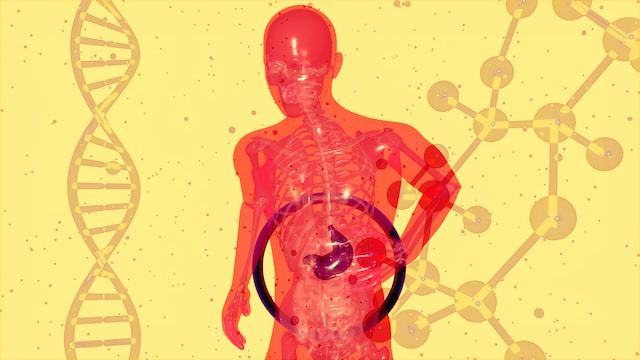Fatty liver disease, an often undetected and underestimated health crisis, is silently spreading across the globe, posing a significant threat to millions of individuals. This insidious condition, characterized by the accumulation of fat in the liver, demands attention and understanding. In this article, we delve into the depths of this silent epidemic, shedding light on
Fatty liver disease, an often undetected and underestimated health crisis, is silently spreading across the globe, posing a significant threat to millions of individuals. This insidious condition, characterized by the accumulation of fat in the liver, demands attention and understanding. In this article, we delve into the depths of this silent epidemic, shedding light on its prevalence, impact, and the urgent need for awareness.
Fatty liver disease, also known as hepatic steatosis, manifests in two forms: alcoholic fatty liver disease (AFLD) and non-alcoholic fatty liver disease (NAFLD). AFLD arises from excessive alcohol consumption, while NAFLD affects individuals who do not consume alcohol excessively. NAFLD is further divided into non-alcoholic fatty liver (NAFL) and non-alcoholic steatohepatitis (NASH), the latter being the more severe and progressive form.
The alarming rise of fatty liver disease can be attributed to several factors. Sedentary lifestyles, poor dietary choices, obesity, and metabolic disorders such as diabetes and high cholesterol play pivotal roles. Moreover, genetic predisposition, certain medications, and environmental factors contribute to its development. These complex interactions make fatty liver disease a multifaceted health challenge.
Regrettably, fatty liver disease often operates covertly, with subtle or nonexistent symptoms in its early stages. This clandestine nature makes diagnosis challenging, and individuals may remain unaware of their condition until it progresses to more severe complications. Therefore, increased awareness is vital to encourage early detection and intervention.
Recent studies have revealed that fatty liver disease affects a significant portion of the global population, with prevalence rates reaching alarming levels. In some regions, NAFLD affects up to 30% of the population, posing a considerable burden on healthcare systems and economies. The escalating rates parallel the surge in obesity and metabolic disorders, underscoring the urgent need for comprehensive strategies to address this silent epidemic.
Prevention and management of fatty liver disease heavily rely on lifestyle modifications. Encouraging individuals to adopt a healthy and balanced diet, engage in regular physical activity, and maintain a healthy weight are crucial steps in reducing the risk and progression of the disease. Public health campaigns should emphasize the importance of education, awareness, and access to nutritious food, while simultaneously discouraging harmful habits such as excessive alcohol consumption.
Despite the primary role of lifestyle modifications, medical interventions are sometimes necessary, particularly in advanced cases or when underlying conditions complicate the disease. Currently, there are no specific medications approved for the treatment of fatty liver disease. However, ongoing research and clinical trials offer hope for the development of targeted therapies in the future.
Addressing the silent epidemic of fatty liver disease requires a multifaceted approach involving healthcare providers, policymakers, and the public. Governments should allocate resources to raise awareness, support research, and enhance preventive measures. Healthcare professionals need to be equipped with the knowledge and tools to identify and manage the disease effectively. Individuals must take responsibility for their health, making informed choices and seeking medical attention when necessary.
In conclusion, the silent epidemic of fatty liver disease is a growing threat to public health worldwide. Its stealthy nature, combined with its potential for severe complications, necessitates urgent action and awareness. By unraveling the intricacies of this condition and implementing comprehensive strategies, we can combat this silent epidemic and ensure a healthier future for all.

















Leave a Comment
Your email address will not be published. Required fields are marked with *